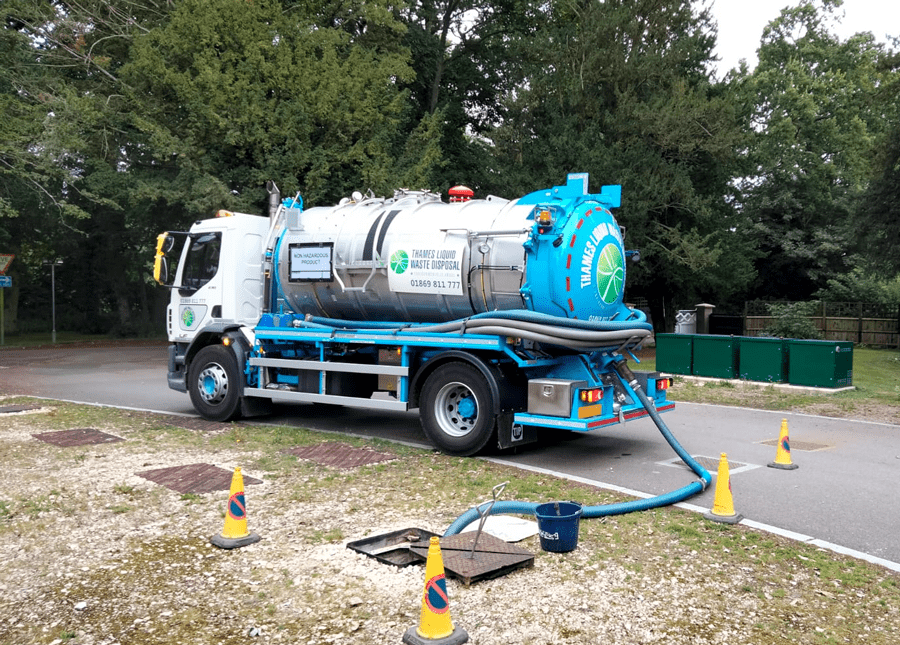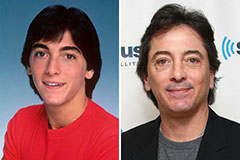See This Report about Reclaim Waste
Table of ContentsThe Best Strategy To Use For Reclaim WasteThe Only Guide for Reclaim WasteSome Known Facts About Reclaim Waste.Indicators on Reclaim Waste You Should KnowHow Reclaim Waste can Save You Time, Stress, and Money.
Residential sewage waste refers to the waste and products from a residential septic tank. The correct administration and disposal of domestic sewer waste need fluid waste to be transferred to a sewer treatment plant where the proper approaches and devices are used to cleanse and dispose of waste.
Business waste often consists of possible hazards, such as flammable products or a mixture of fluid and strong waste products, and needs an extra sophisticated and thorough disposal procedure. The disposal of commercial waste typically involves the filtering of waste before transportation to make sure risk-free and appropriate disposal. Hazardous waste is developed from by-products and drainage of commercial procedures and manufacturing.
This type of waste can not make use of the same sewer monitoring transportation or processes as septic or business fluids. The hazardous waste management process requires the inspection and testing of liquid waste prior to it undergoes the disposal procedure (industrial wastewater treatment). Runoff waste is the liquid waste that comes from runoff and excess stormwater in extremely inhabited locations or cities
Drainage waste can cause contamination and flooding if not dealt with correctly. Discover more concerning drain cleansing and waste management. Guaranteeing proper waste administration can prevent calamities and reduce ecological injury. Both people in household setups and experts in industrial or manufacturing sectors can profit from comprehending the processes and regulations of liquid waste monitoring.
Fascination About Reclaim Waste
Call PROS Services today to find out about our waste monitoring and disposal services and the appropriate means to take care of the liquid waste you create.
(https://forums.hostsearch.com/member.php?271151-reclaimwaste1)
Do you know what takes place to your water when you disengage, purge the commode or drain pipes the cleaning machine? No? Well, it's worth knowing. This supposed 'wastewater' is not only a vital source however, after therapy, will certainly be launched to our land, waterways or the ocean. Utilized water from commodes, showers, baths, kitchen area sinks, washings and commercial processes is called wastewater.

water made use of to cool equipment or clean plant and equipment). Stormwater, a type of wastewater, is runoff that moves from farming and urban areas such as roofing systems, parks, yards, roadways, courses and seamless gutters into stormwater drains pipes, after rain. Stormwater moves neglected straight to local creeks or rivers, at some point reaching the sea.
An Unbiased View of Reclaim Waste
In Queensland, many wastewater is dealt with at sewer therapy plants. Wastewater is transferred from domestic or industrial sites via a system of sewers and pump stations, understood as sewerage reticulation, to a sewer therapy plant. City governments develop, keep and run most sewer treatment plants. Operators are certified under the Environmental Security Act 1994 to discharge treated wastewater at an appropriate ecological requirement into waterways.
The Department of Natural Resources encourages city governments regarding handling, operating and preserving sewerage systems and therapy plants. In unsewered areas, city governments might require homeowners to install private or family sewage therapy systems to treat domestic wastewater from commodes, cooking areas, shower rooms and washings. The Department of Natural Resources authorizes making use of house systems when they are verified to be efficient.
In some new subdivisions, therapy of some stormwater to eliminate clutter, sand and crushed rock has actually begun utilizing gross pollutant traps. Wastewater therapy occurs in 4 phases: Eliminates strong matter.
Wastewater then flows into huge containers where solids work out and are gotten rid of as sludge. Grease and residue are skimmed from the surface area. Utilizes little living microorganisms knows as micro-organisms to break down and get rid of remaining liquified wastes and great fragments. Micro-organisms and wastes are integrated in the sludge. Removes nitrogen and phosphorus nutrients that could trigger algal blossoms in our rivers and endanger marine life.
What Does Reclaim Waste Do?
Nutrient elimination is not readily available at all sewage treatment plants because it requires expensive specialist equipment. Clear fluid effluent produced after treatment might still have disease-causing micro-organisms - liquid waste removal melbourne.

This generally suggests wastewater needs to be dealt with or pollutants removed before it can be discharged to rivers. A lot of wastewater flows into the sewerage system. Under the Act, city governments administer authorizations and permits for eco pertinent tasks (ERAs) entailing wastewater launches that may have a local influence. The department administers authorizations and licences to Periods entailing wastewater releases that could have a Extra resources regional or statewide impact.
Reclaim Waste Can Be Fun For Anyone
Surveillance supplies valid details concerning water top quality and can validate that permit problems are being fulfilled. The information acquired with tracking supplies the basis for making water quality decisions.
 Scott Baio Then & Now!
Scott Baio Then & Now! Barret Oliver Then & Now!
Barret Oliver Then & Now! Monica Lewinsky Then & Now!
Monica Lewinsky Then & Now! Christy Canyon Then & Now!
Christy Canyon Then & Now! Ricky Schroder Then & Now!
Ricky Schroder Then & Now!